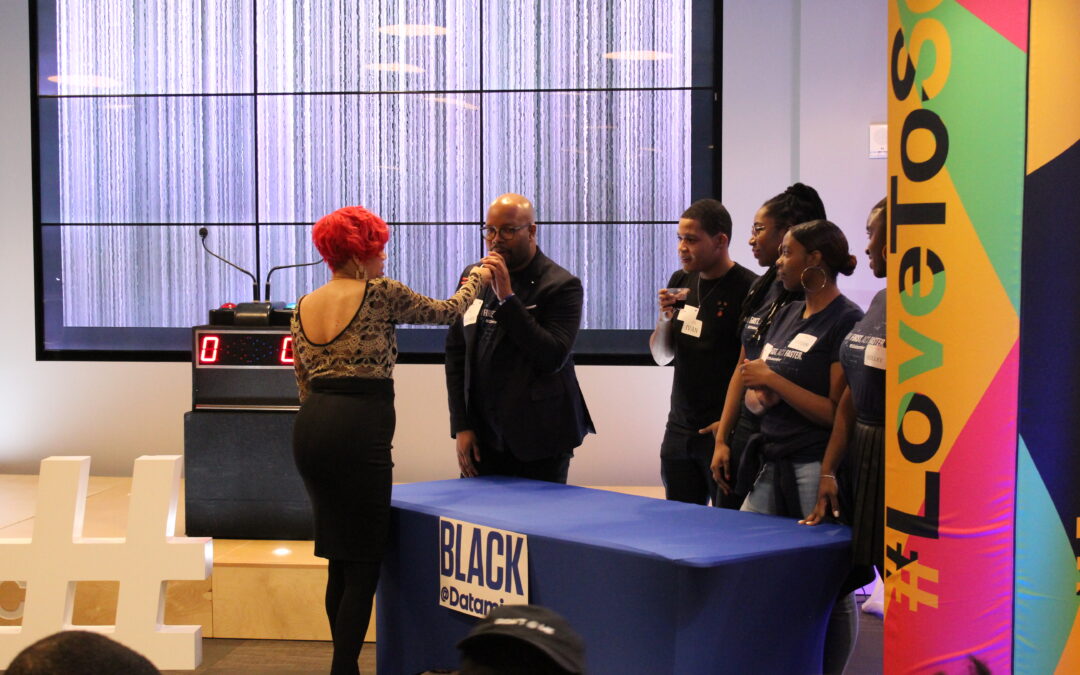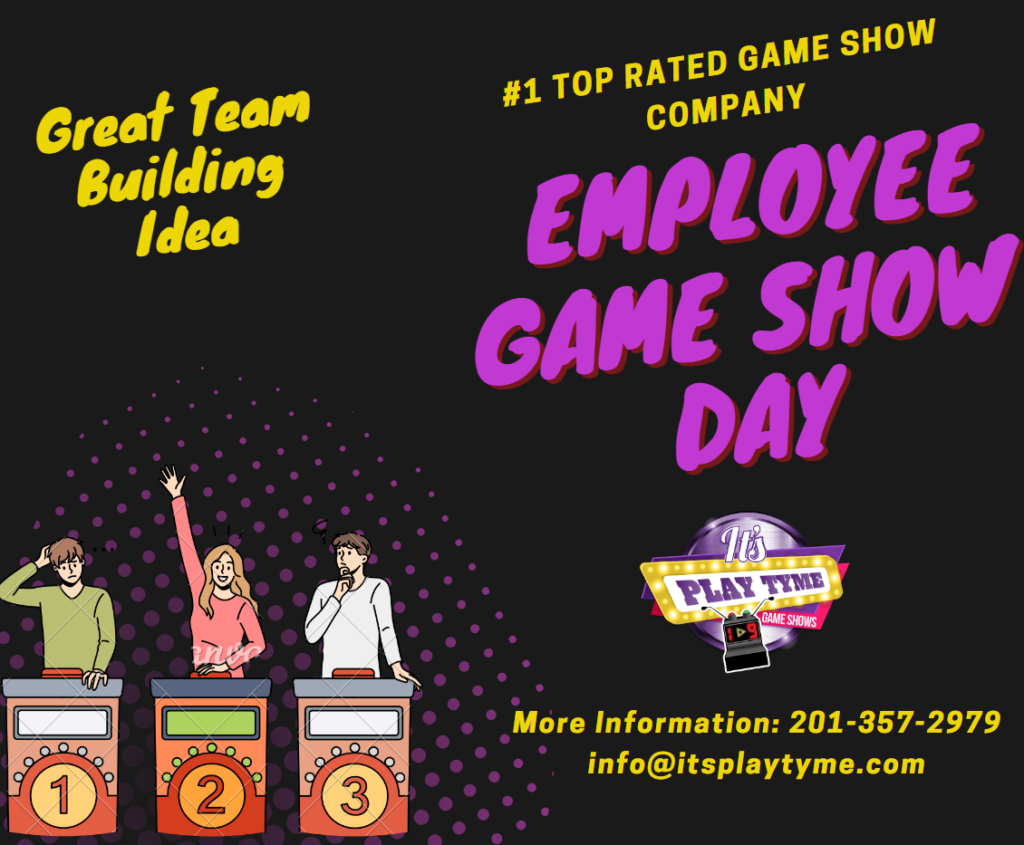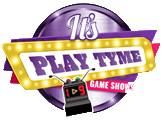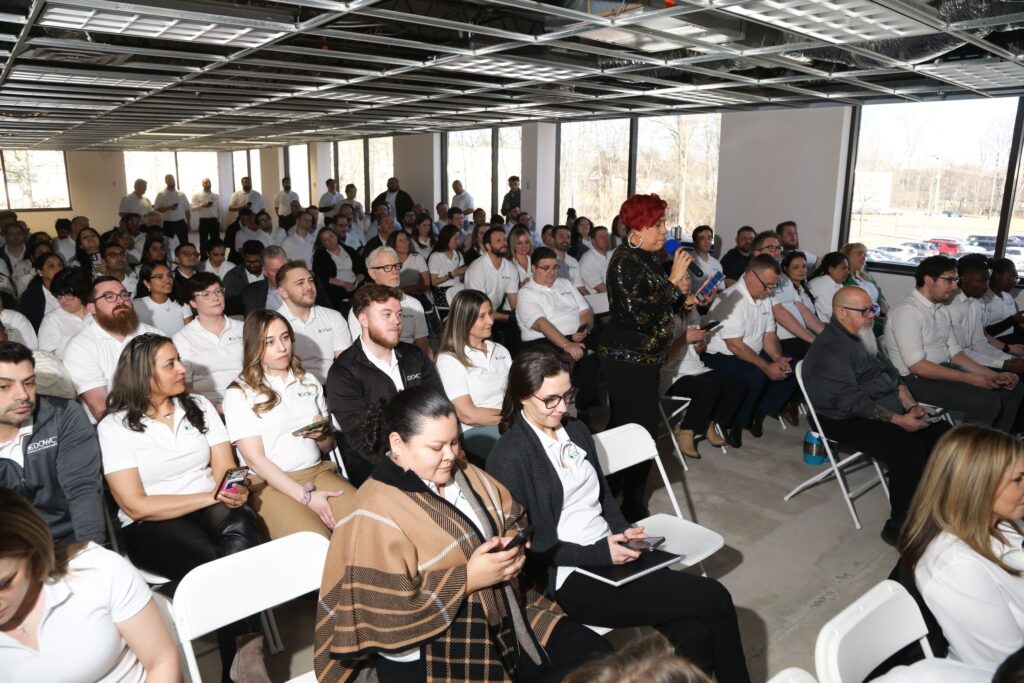


10 Steps to Plan a Team Builder | Employee Engagement Tips
Congratulations! You’ve just been put in charge of planning the next team-builder event for your company. But wait, before you start getting too excited about organizing a day filled with trust falls and awkward icebreakers, it’s important to remember that the success...
19 Fun Game Ideas to Drive Employee Engagement | For Small and Large Groups 2024
I am a facilitator in today’s competitive business world, and have noticed several organizations recognizing the significance of employee engagement in achieving business success overall. Engaged employees are more productive, innovative, and likely to stay with...
Next-Level Employee Team Building Games | NJ, NYC, CT
Did you know companies with highly engaged teams generate twice as much annual revenue as their competitors? A Teamstage report shows this amazing advantage. It proves that team activities are not just fun but also boost profits. Research by George Generalis also found that coworkers with strong social ties are 50% more productive. This turns simple coffee breaks into chances for new ideas.
What makes some team games unforgettable and others just okay? Stanford psychologists say it’s about five key things: clear goals, ways to solve conflicts, activities that celebrate diversity, and making sure everyone feels safe. Gallup data backs this up, showing companies that get these right have 41% less absenteeism and 24% higher customer satisfaction.
The secret to success is not just about trust falls. Today’s team-building activities, like creative group exercises, mix real-world problems with business goals. They turn meetings into places where everyone can laugh and see real results.
Key Takeaways – Employee Team Building Games
- Engaged teams double company revenue compared to disengaged groups
- Social connections between coworkers increase productivity by 50%
- Effective programs require clear goals and conflict resolution strategies
- Inclusion-focused activities reduce absenteeism by 41%
- Trust-building exercises correlate with 24% higher customer satisfaction
- Modern approaches integrate technology and real business challenges
- Hybrid workforce solutions maintain engagement across locations

employee-engagement-game-show-idea
High-Energy Employee Team Building Games That Work
Forget awkward icebreakers – these team-building games for adults are designed to spark collaboration, laughter, and measurable results. We’ve curated 10 office-tested activities backed by research. These include nonverbal challenges and trivia showdowns that align with principles of workplace psychology.
| Activity | Duration | Group Size | Key Benefit |
|---|---|---|---|
| Paper Chains Challenge | 15 mins | 4-6 | Nonverbal communication mastery |
| Hack Day | 2 hours | 8-12 | Creative problem-solving |
| Jeopardy-Style Trivia | 30 mins | 10-20 | Knowledge sharing under pressure |
Try these crowd-pleasers from our playbook:
- Pictionary Relay: 20-minute drawing races that trigger laughter, proven by a 2016 humor study to reduce workplace stress.
- Connect the Bridges: Stanford research shows this 45-minute engineering challenge boosts team performance by 500% through structured collaboration.
- Silent Charades: Applies Mehrabian’s Rule – 55% of communication happens through body language. Perfect for groups of 6-8.
Looking for more inspiration? Explore these games to boost morale that double as culture-building tools. Our top performers include:
- Escape Room Simulations (60 mins, 5-10 people)
- Reverse Brainstorming (25 mins, any size)
- Compass Walk (30 mins outdoor, 8-15)
“Teams that play together innovate 73% faster than those who don’t.”
Each activity includes customizable difficulty levels and debrief templates. For hybrid teams, 7/10 games work equally well in virtual settings through our digital platform.
Why Game Show-Themed Activities Are a Team Favorite
Game shows are big in corporate team building because they mix old-time fun with new challenges. Shows like Jeopardy! or The Price Is Right are well-known, making it easy for everyone to get started. This familiarity helps even shy team members feel safe to join in.
Working from home can make teams less productive. Studies show a 32% drop in teamwork output. But hosting games like a few interactive team-building activities can bring back the office vibe and high energy. For instance, Snacknation saw a 41% boost in team engagement with a virtual murder mystery game.

game show ideas for team building pin
Traditional vs. Game Show Team Building Outcomes
| Activity Type | Avg. Participation Rate | Skill Retention (4 Weeks Later) | Adaptability to Hybrid Teams |
|---|---|---|---|
| Trust Falls/Workshops | 58% | 22% | Low |
| Game Show Adaptations | 89% | 67% | High |
| Volunteer Projects | 71% | 45% | Medium |
Today’s game show ideas for work are more than just trivia. Teams can solve puzzles, negotiate deals, or pitch ideas like on Shark Tank. These activities help improve skills like communication, teamwork, and creativity.
Hybrid teams love these activities. They work just as well whether everyone is in the office or joining online. This makes them perfect for solving corporate event planning challenges in today’s diverse work settings.
“Our virtual ‘Office Olympics’ reduced departmental silos by 38% in three months. Employees who’d never interacted started collaborating spontaneously.”
Hosting Employee Team Building Games In-Office or Off-Site
Choosing the right place for team activities is key. Whether it’s in-office, off-site, or a mix, each has its perks. Let’s look at the logistics, costs, and creative ideas for today’s teams.

In-office games save money and time but need careful planning. Use conference rooms for challenges or set up games in open spaces. Off-site spots like parks can spark creativity, but add to the planning load.
Hybrid Solutions for Distributed Teams
Combine in-person and online games with tools like:
- Virtual scavenger hunts on Slack or Zoom
- Weather Check-in icebreakers (e.g., “Sunny” = high morale, “Cloudy” = need support)
- Digital whiteboards for team problem-solving
Cost Comparison: DIY vs Professional Services
| Factor | Third-Party Services | DIY Events |
|---|---|---|
| Cost | $1,500-$5,000+ | $200-$800 |
| Preparation Time | 2-4 hours | 8-15 hours |
| Customization | High | Moderate |
Pro tip: Use strategies to get remote teams involved. Short “virtual break room” sessions between meetings can keep the energy up.
Tech Setup Essentials
For remote team games, make sure:
- Test video platforms a day before
- Send clear rules via email
- Have a tech expert on hand
Real Clients. Real Laughter. Real Results.
New Jersey companies have found a way to boost teamwork. They use game-based activities with clear benefits. These stories show how corporate team-building games in NJ improve communication, creativity, and workplace relationships.

Uber, Hoboken, NJ
Uber’s East Coast operations team wanted to break down departmental silos. They tried our Connect the Bridges challenge. This activity was high-energy and required:
- Cross-functional problem solving
- Real-time strategy adjustments
- Role-based communication
The Hoboken waterfront location offered stunning views. Teams built their “bridges” there. Post-event surveys showed:
| Metric | Before Activity | After Activity |
|---|---|---|
| Interdepartmental Collaboration | 62% | 89% |
| Conflict Resolution Speed | 3.2 days avg. | 1.1 days avg. |
Rutgers University Alumni Association, New Brunswick, NJ
This 300-member group used improv workshops to spark innovation. The 2017 program led to:
“23% more creative fundraising proposals compared to previous years, with 4 concepts implemented campus-wide.”
Key advantages of their New Brunswick location included:
- Centralized access for tri-state area members
- Flexible indoor/outdoor spaces at Rutgers Conference Center
- Local vendor partnerships for seamless logistics
How to Plan Employee Team Building Games Without Losing Your Mind
Planning team-building activities doesn’t have to be stressful. With a solid plan, you can create fun experiences for your team. Begin by using the 5-4-3-2-1 technique. List 5 goals, 4 budget-friendly options, 3 time slots, 2 formats for introverts, and 1 outcome you can measure.
- Pick inclusive activities: Mix high-energy games with quieter ones like Book Clubs or fun icebreakers. For example, ask about favorite 90s cartoons.
- Use timeline templates: Get activity tables from trusted team-building games resources. They help plan prep work and materials.
- Analyze results smarter: Use MIT’s “Start, Stop, Continue” framework after the event. For example, feedback might say:
“Stop games during lunch. Start puzzle challenges.”
Introverts don’t like forced role-playing. Try timeline activities where they share personal milestones on a virtual board. A tip: Send a pre-event survey with fun questions like “Which superhero would lead your dream team?” to start the fun early.
Post-Game Checklist
- Calculate how many people showed up compared to your goal
- Compare feedback to your “measurable outcome”
- Schedule a 15-minute debrief using calendar templates
The best fun team-building ideas mix structure with flexibility. Make sure to leave room for spontaneous laughter. That’s where real connections happen.
Conclusion: Bring the Energy to Your Office. Let’s Talk Games!
Make your workplace more fun with team-building games. These activities help employees connect and work better together. Whether you’re looking for games for in-person or remote teams, there are expert-led options that work.
Programs like Workhuman Team Awards® show how important it is to engage with your team. The People School training program helps leaders learn how to run these games well.
Professional organizers mix old and new ideas to create fun games. For example, the Teach Me! The workshop series uses improv and goal-setting. Try trivia or virtual escape rooms for teams in different places.
Seasonal events, like holiday-themed activities, keep the fun going all year.
Get a free planning checklist with icebreaker ideas from top HR experts. It makes planning easier and makes sure games fit your company’s goals. Use tools like Gallup and Forbes to track how well your games work.
Want to see your team work better together? Tell us about your team size, location, and goals. We’ll find certified facilitators for you. They create games for offices all over the U.S., from New York to California.

FAQ – Employee Team Building Games
1. Is there real science behind team-building games, or is it just feel-good fluff?
Yes, there’s science, and lots of it. Gallup reports that teams with high engagement are 21% more profitable. But here’s the kicker: when teams participate in structured, goal-based activities like game shows, they build trust 3x faster and collaborate better under pressure. It’s not fluff—it’s brain chemistry and psychology at work. Literally.
2. What are the best games to improve non-verbal communication at work?
If your team struggles to “read the room,” try games like Silent Line-Up, Blind Drawing, or our favorite: “Mime That Tune” (yes, it’s as fun as it sounds). These require teams to rely on gestures, timing, and body language—skills that translate directly to the workplace, especially in hybrid environments.
3. How do game show formats help remote employees feel more connected?
Game shows offer shared laughter, quick wins, and real-time feedback. All things remote teams are starving for. Games like Virtual Jeopardy! or Finish the Lyrics bring people together across screens and time zones. We’ve seen clients report a 30–40% spike in participation and better post-event Slack banter. That’s a win.
4. Are DIY team-building activities good enough, or should we hire professionals?
DIY works for pizza parties. But if you want real results, go pro. Facilitators bring the structure, engagement, and energy most teams can’t fake on their own. Plus, you get tech support, props, timing, and backup plans. Think of us as your event insurance—with laughs.
5. What kind of ROI have companies in NY/NJ seen from game show-style team building?
Quick wins include faster decision-making, reduced friction, and stronger collaboration. A tech firm in Jersey City reported a 22% increase in cross-department collaboration after one of our “Survey Says” game shows. And yes—we bring all the A/V, buzzers, mics, lights, and that big energy.
6. What if I’ve got a team of introverts, won’t they hate this?
Not at all. Our games are designed for every personality type. Introverts shine in strategy rounds, behind-the-scenes roles, or team-based decision-making challenges. No one’s forced to dance, sing, or “act out” (unless they want to). Everyone plays their way.
7. How long should a team-building game session last to avoid burnout?
The sweet spot is 60–90 minutes. Just enough time to warm up, compete, laugh, and leave energized. Need a shorter hit? We’ve got 30-minute mini challenges. Planning a half-day offsite? Let’s stack game rounds with breaks in- between and prizes for max engagement.
8. Can funny team-building games still be professional?
Absolutely. Humor builds trust and reduces tension. Our game show formats walk that perfect line between clean comedy and competitive play. We keep things HR-friendly, inclusive, and wildly entertaining. You’ll laugh—and still hit your KPIs.


